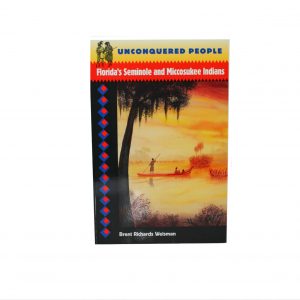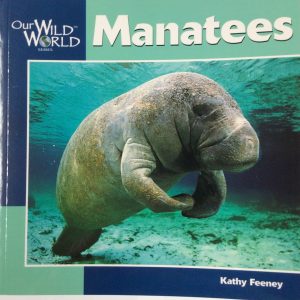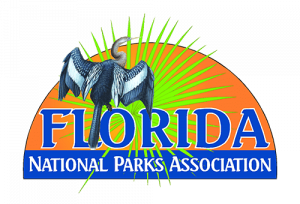Description
By: Steve Hach
South Florida was the location of many important events during the Cold War period 1945- 1989. Indeed, the region served as a forward command center for the projection of U.S. power into the Western Hemisphere throughout the conflict. The region’s proximity to Latin America made it an operational center for both covert and overt activities as the United States pursued its policy of containing communism. From the 1950s until the end of the Cold War, government officials directed operations from south Florida military installations such as Homestead Air Force Base, Opa Locka Marine Air Station, and the various U.S. Navy facilities in Key West that affected events in Guatemala, Cuba, Nicaragua, and other nations throughout Latin America. From Miami to Key West, quiet residential neighborhoods were havens for undercover operatives while the swamps and forests served as training grounds. From south Florida the United States launched numerous operations: the overthrow of the Arbenz government of Guatemala in 1954; the unsuccessful Bay of Pigs invasion of 1961; the military buildup necessitated by the Cuban missile crisis of 1962; surveillance, intelligence, and espionage activities against Cuba, Nicaragua, and other nations; and radio and television propaganda broadcasting to Cuba. All activities were justified under the U.S. foreign policy of containment. As the south Florida region helped shape these events, the events helped shape the region. In many cases, physical traces of these operations are still visible on the south Florida landscape. This Historic Resource Study (HRS) provides a historic context for, and identifies, sites in south Florida related to the Cold War and U.S. relations with Latin America. The report focuses on resources in and near the four national parks located in the region: Everglades National Park (Everglades NP), Biscayne National Park (Biscayne NP), Big Cypress National Preserve (Big Cypress NP), and Dry Tortugas National Park (Dry Tortugas NP). The study identifies structures, remains of structures, and landscapes where activities associated with the Cold War are reported to have taken place. This HRS pays particular attention to sites related to the events mentioned above as well as resources associated with the large Cuban exile population of south Florida. The historic context provides the basis for future nominations to the National Register of Historic Places.





